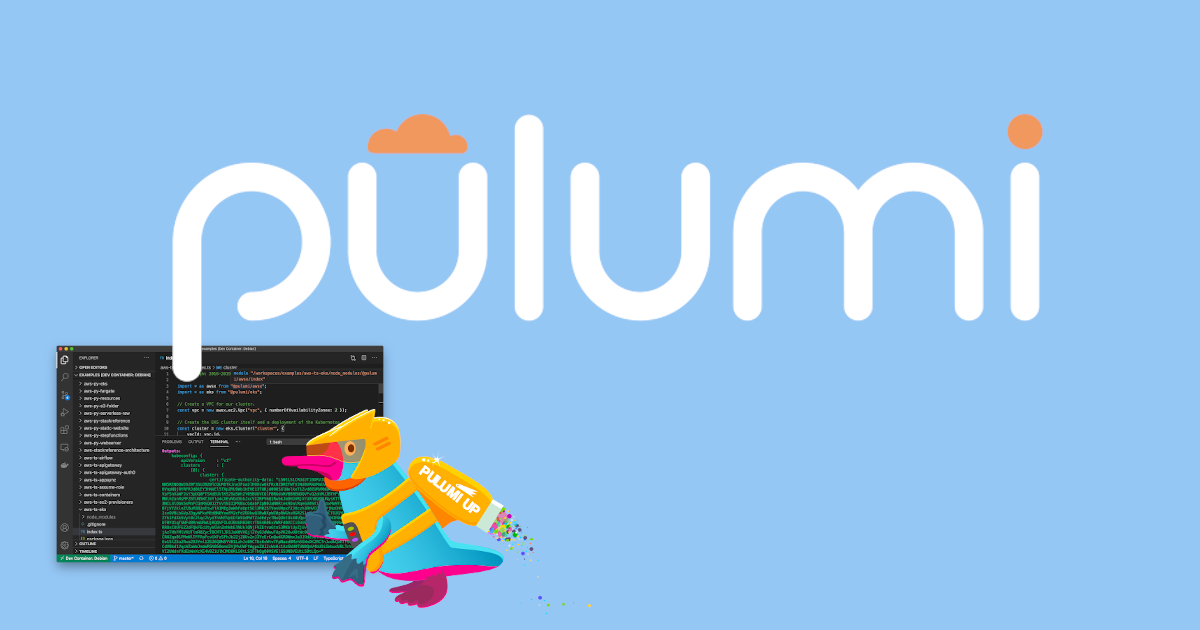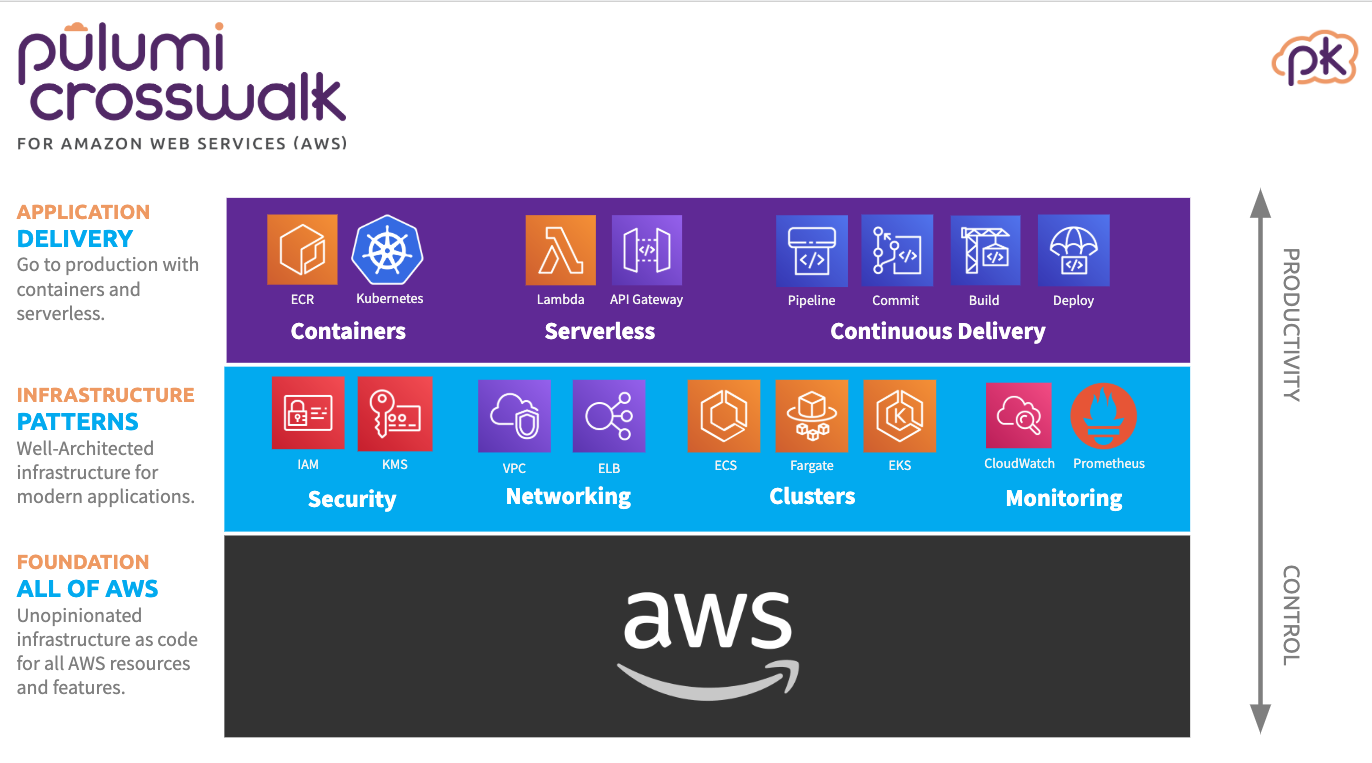Migrating a cloud application to Kubernetes

@pulumi/awsx). For updated AWSx documentation and examples, see the AWS Guides.In this blog post, we will explore and demonstrate the advantages of Kubernetes by converting and deploying our PERN application to Amazon EKS. With the help of Pulumi, the process becomes greatly simplified and allows us to focus more on the big picture of designing our cloud architecture.





